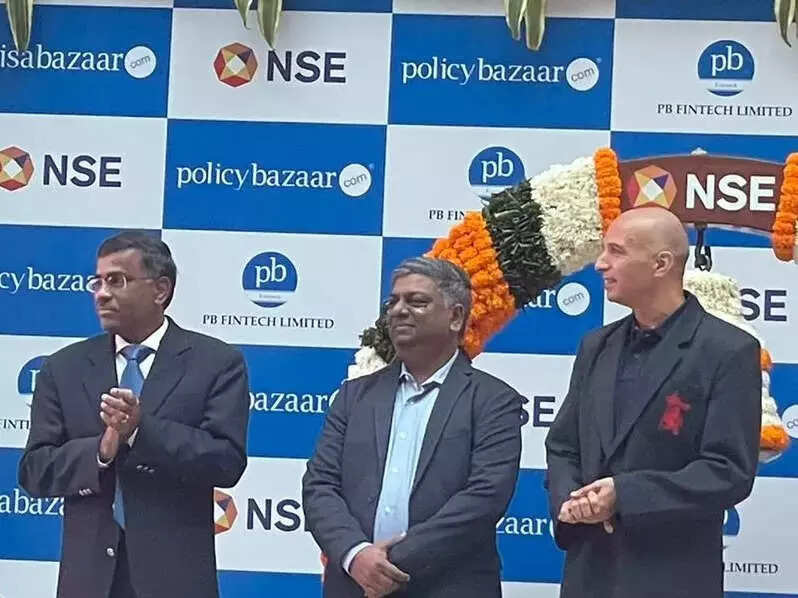Bharti AXA Life new business premium up 33% in H1
[ad_1]
Read More/Less
Bharti AXA Life Insurance, a private life insurer, on Monday said that the company’s weighted new business premium grew 33 per cent in the first half this fiscal to ₹285 crore (₹214 crore).
The company recorded 8 per cent growth in its renewal premium to ₹645 crore (₹594 crore).
Total premium income grew moderately to ₹1,024 crore in the April-September 2021 period from ₹912 crore in the first six months of the last financial year.
The company recorded growth of 53 per cent in weighted new business premium in the month of September 2021 and outperformed the private sector by 1.5X.
Parag Raja, Managing Director and Chief Executive Officer, Bharti AXA Life Insurance, said in a statement, “We have registered steady performance on many parameters and achieved one of the highest industry growth for our new business premium collection in the first six months of the current financial year. Further, our asset under management saw a strong growth of 28 per cent and has doubled over the past three years”.
Surge in business
The improvement in the Covid pandemic situation since August 2021, buoyant consumer sentiment towards the need for life insurance and the company’s investments in digital platforms to enhance customer experience and facilitate seamless services along with the suite of customer-centric products gives “us confidence about achieving our business targets and growth in the coming months.”
The 13th month persistency ratio for Bharti AXA Life insurance improved to 64.4 per cent in H1-FY22, up from 60.7 per cent for the same period last year.
The Company’s solvency ratio stood at 188 per cent on September 30, 2021, well above the regulatory requirement of 150 per cent. The company recorded a surge of 28 per cent in its asset under management at ₹10,256 crore as on September 30, 2021 against ₹7,987 crore in the corresponding period of the last fiscal.
The company has disbursed ₹106 crore in Covid related claims for the first half of the financial year 2022.
Bharti AXA Life Insurance has 254 branches and33,266 advisors as on September 30, 2021.
“We have already witnessed a strong start with our new bancassurance partners — Fincare Small Finance Bank, Shivalik Bank and Utkarsh Small Finance Bank, and are actively pursuing opportunities for strategic tie-ups and alliances to ensure sustained business growth over the next few years,” Raja said.
[ad_2]
